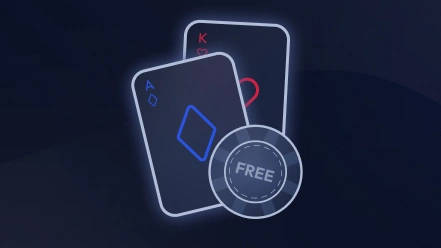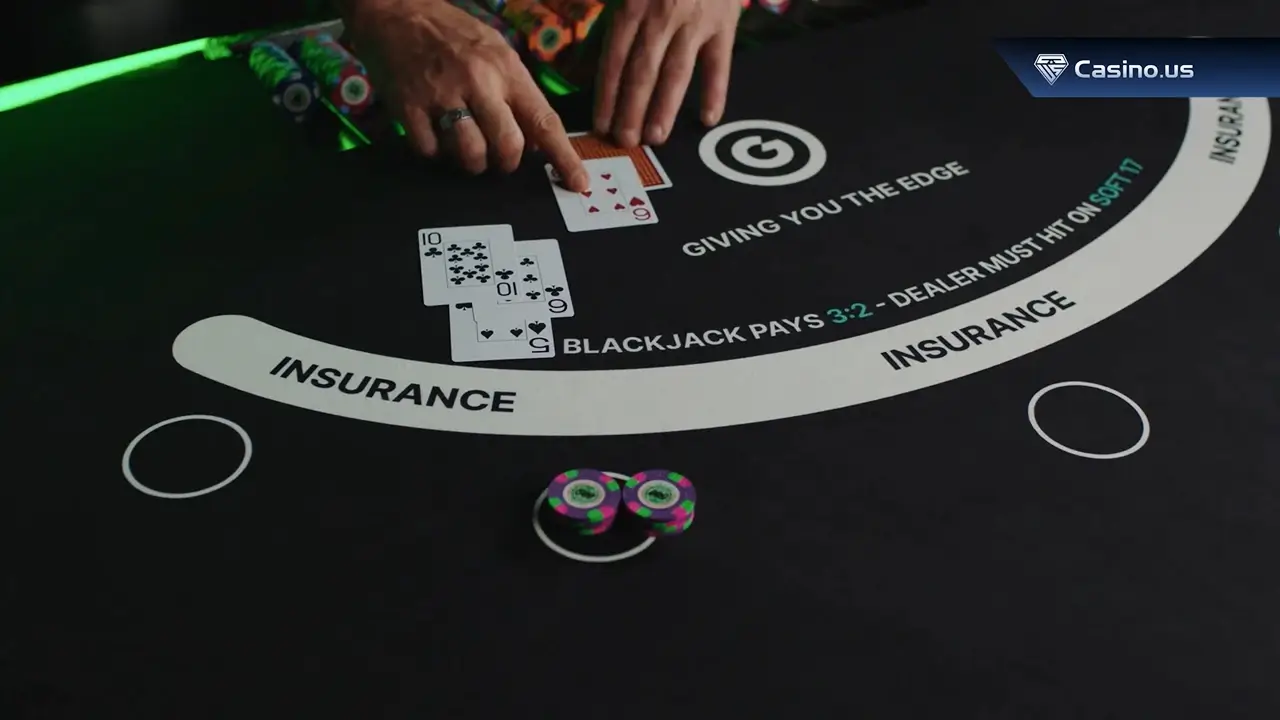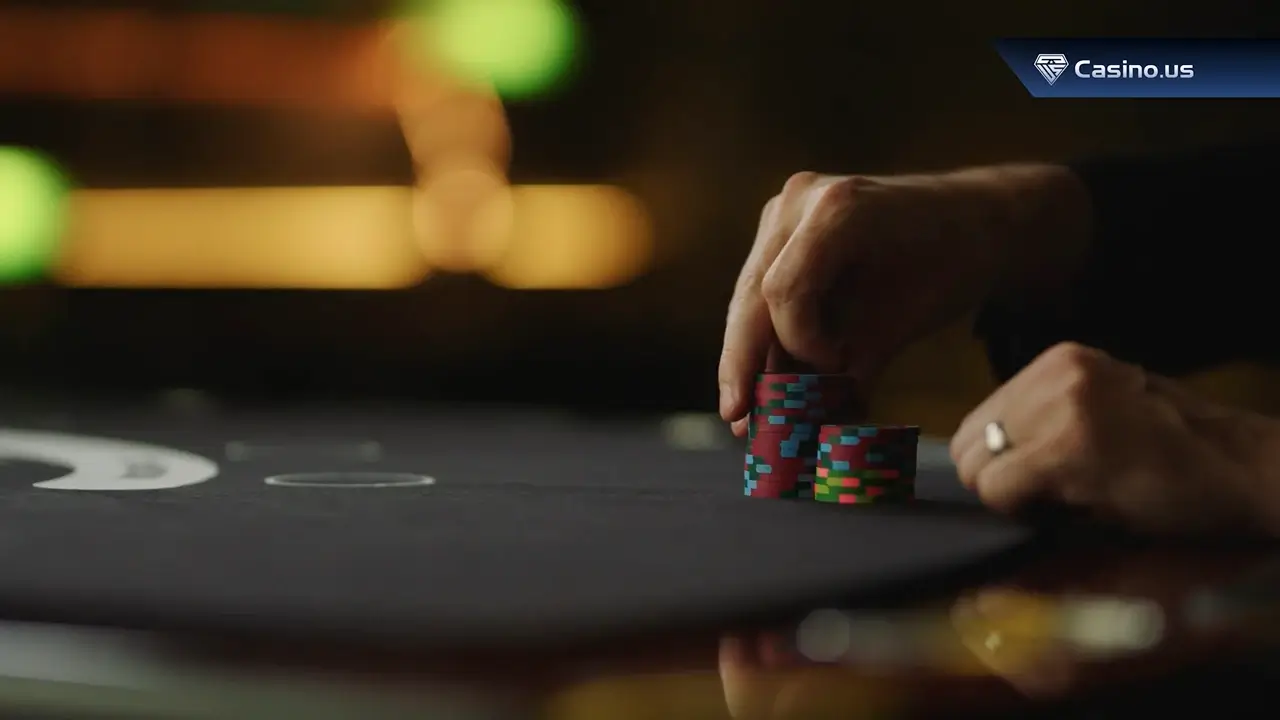The Math Behind Card Counting
Lesson description
How can you know whether a card counting system works? Learn the basic mathematics behind card counting and why we can trust these systems with Mr Blackjack.
What this lesson covers
- How the math in Hi-Lo counting works
- Why you can trust the Hi-Lo system
- How Ace tracking affects the math in Hi-Lo
Episodes
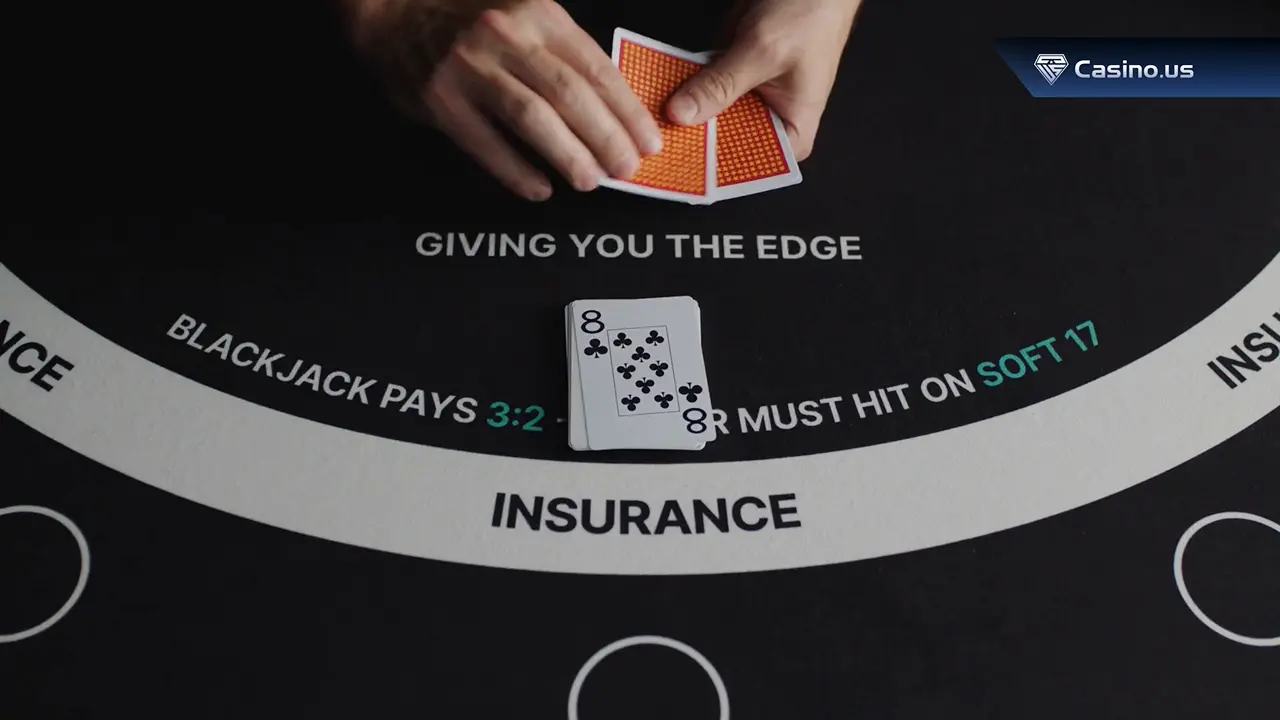
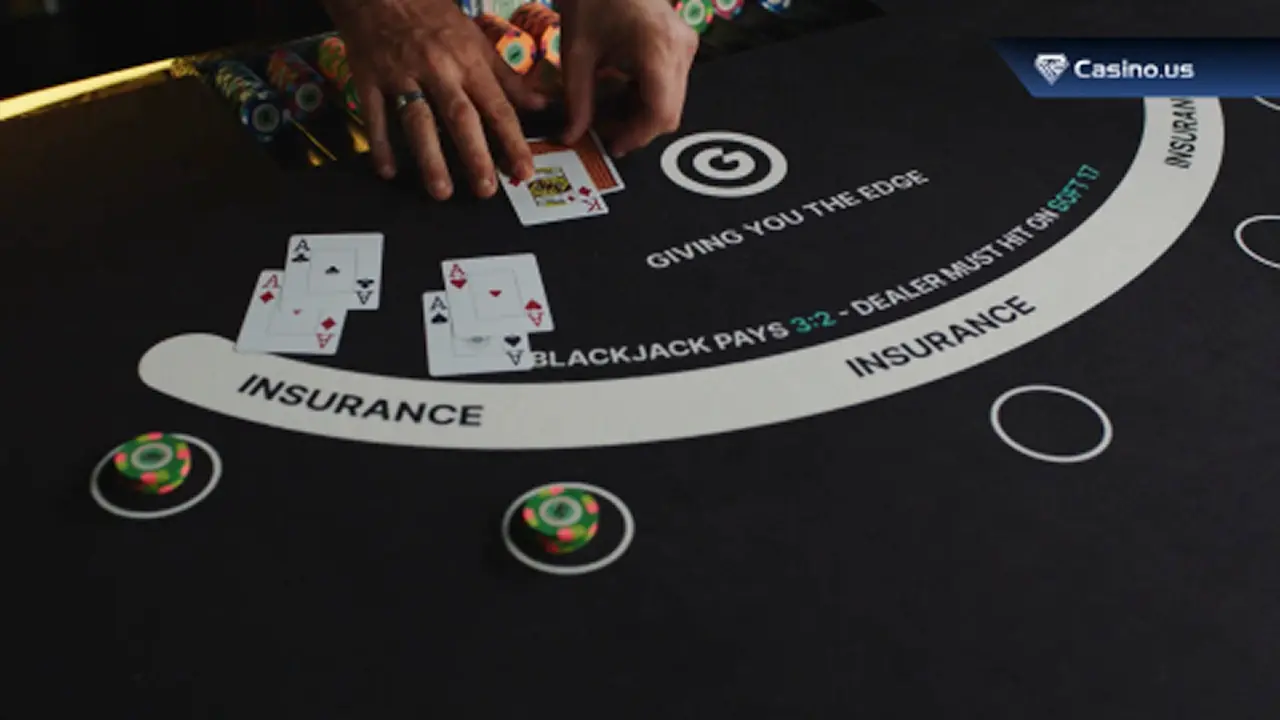
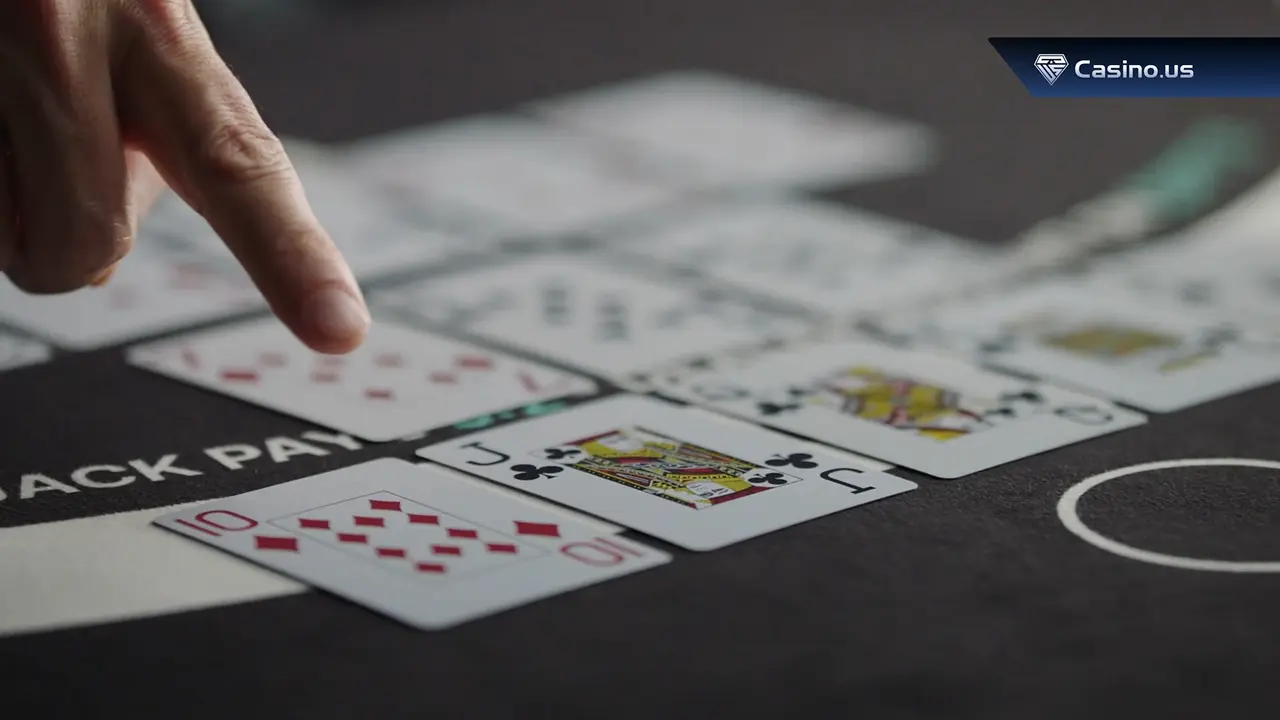

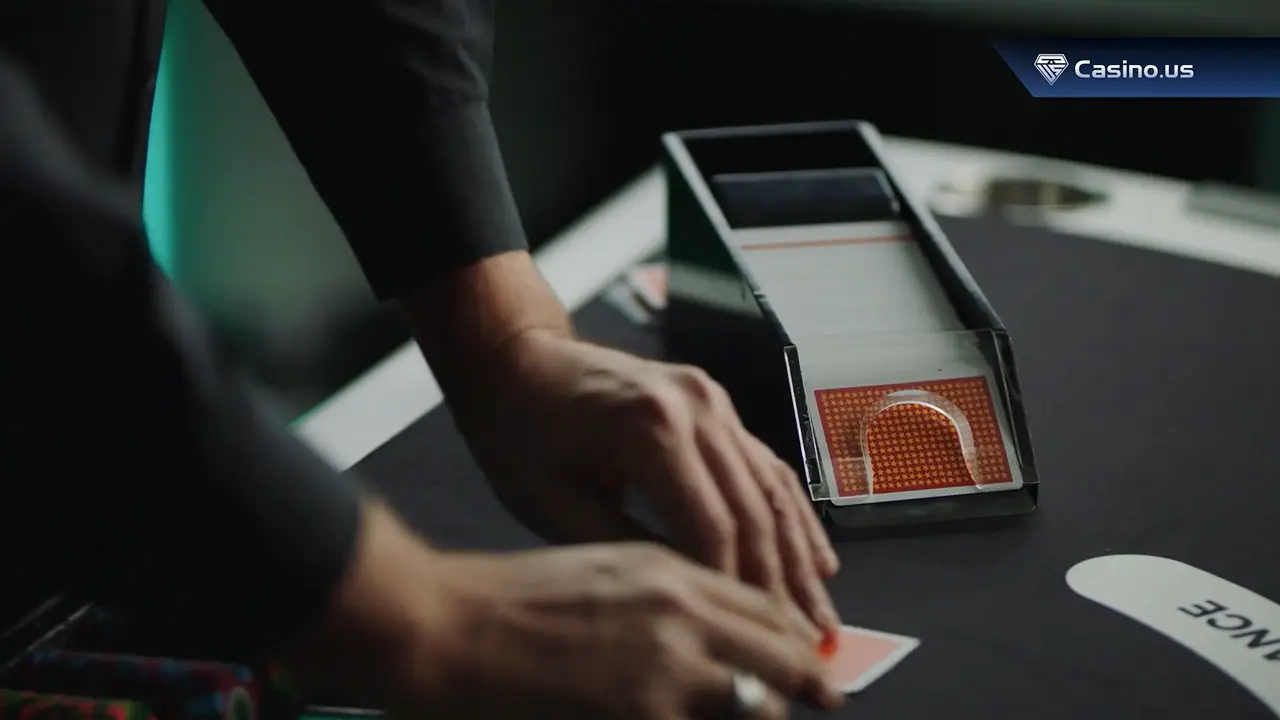

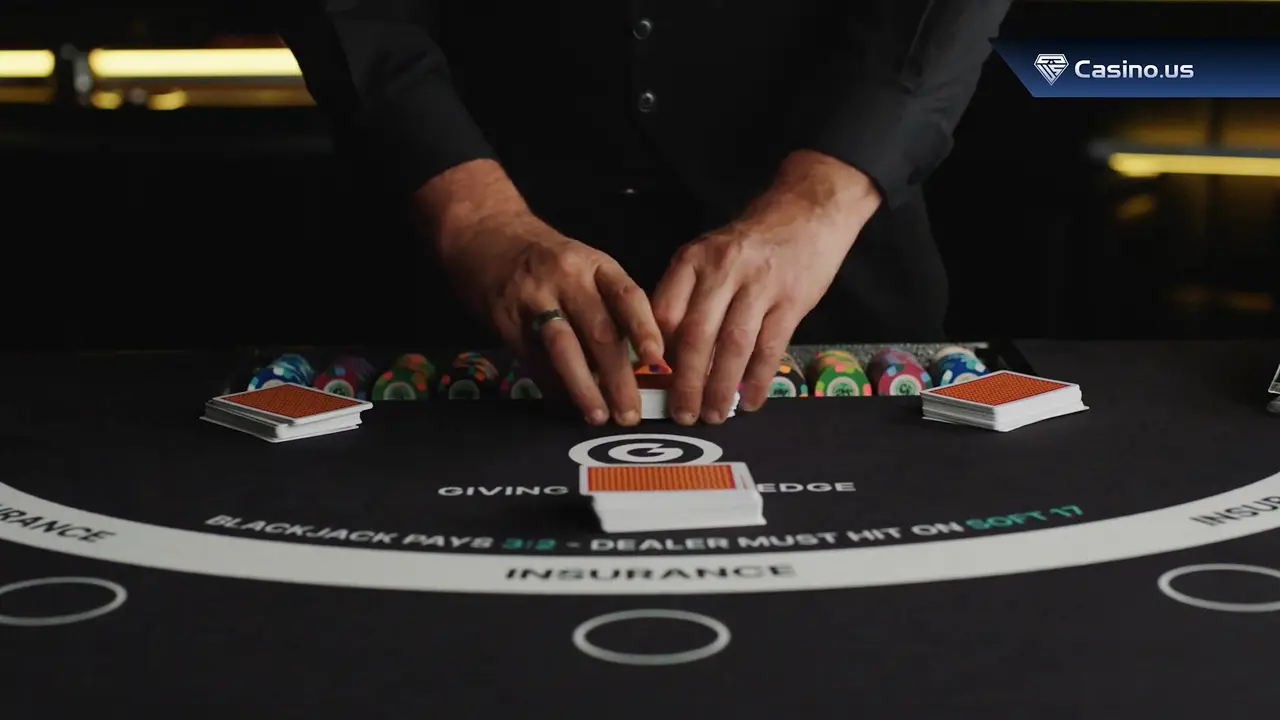


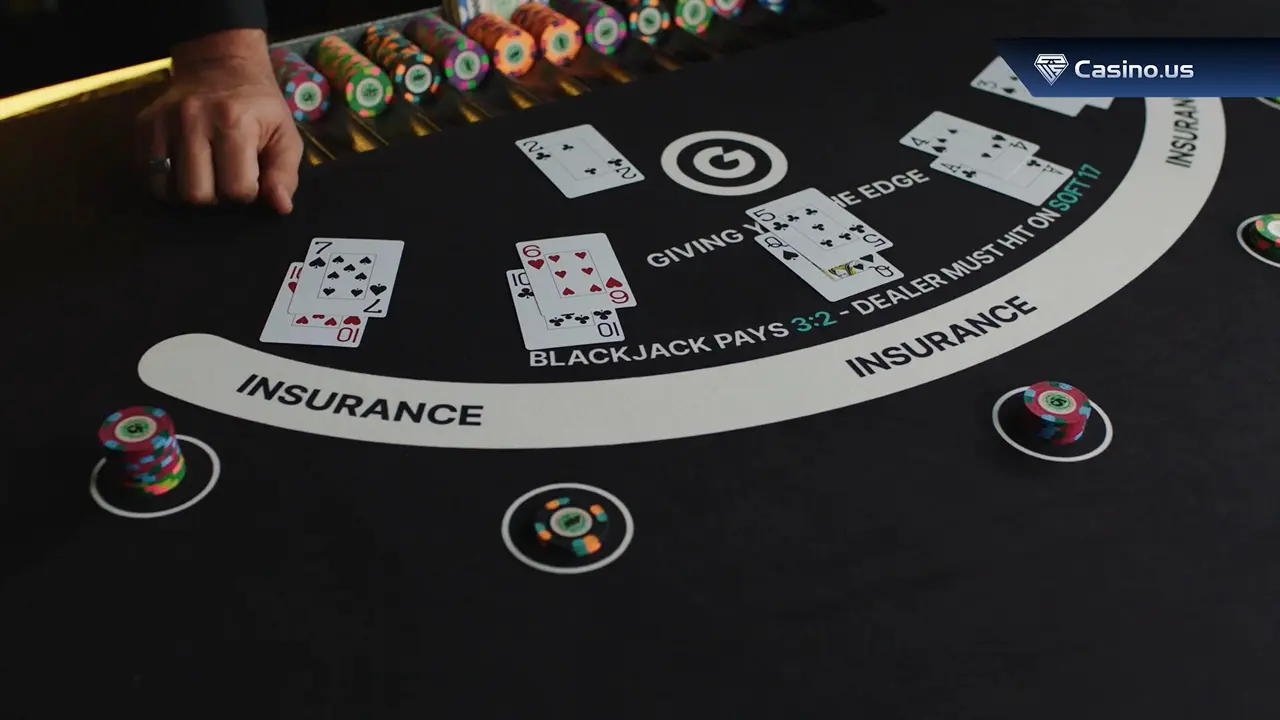
Want to learn more about Blackjack?
FAQs
Does card counting actually work?
Perfect card counting improves your odds by 1%. On first impression that may sound measly. If you consider a 1% advantage over the course of several session though, it can help you achieve your monthly and yearly blackjack goals.
Is there a formula for counting cards?
Card counting has no set mathematical formula. Instead, cards are assigned a value depending on their effect when removed from the deck for the player. In Hi-Lo for instance, cards 2-6 are worth +1, neutral cards have a value of 0, and high cards 10-A hold a value of -1.
Do I need to know all the mathematics behind card counting to use the system?
While it’s not essential you know every mathematical detail to use a card counting system, it helps you understand what extent your blackjack odds are affected.
How can casinos be so sure that the math in blackjack games is in their favor?
Mathematicians have been writing about the odds in gambling for centuries. However it wasn’t until gambling transitioned from individual games between players into enterprises that casinos deduced which rules gave them the best odds. With the introduction of computers, casinos could instantly determine the effect of any rule or bet on their edge in real money blackjack.
What’s the history behind card counting? Did someone invent it?
American mathematician Edward O. Thorpe invented card counting in 1962 when he published his book, Beat the Dealer. It outlined the best strategies and betting systems for winning at blackjack. While Thorpe’s mathematics are still accurate some advice is outdated, given casinos have since introduced measures to prevent card counting.
Can I still be a card counter if I don’t understand the math?
You need to understand the fundamentals in card counting to play these systems. If you don’t understand why your advantage decreases when high cards leave the shoe, then you won’t make smart bets that will make you a winning blackjack player.
Does the math decide how much I bet in card counting?
The math in card counting tells you when you have the advantage in blackjack. This tells you the true count in the game, or how many units you should bet on that hand. This can vary depending on whether you are playing single deck vs multi-deck games, which our lesson discusses in more detail.

